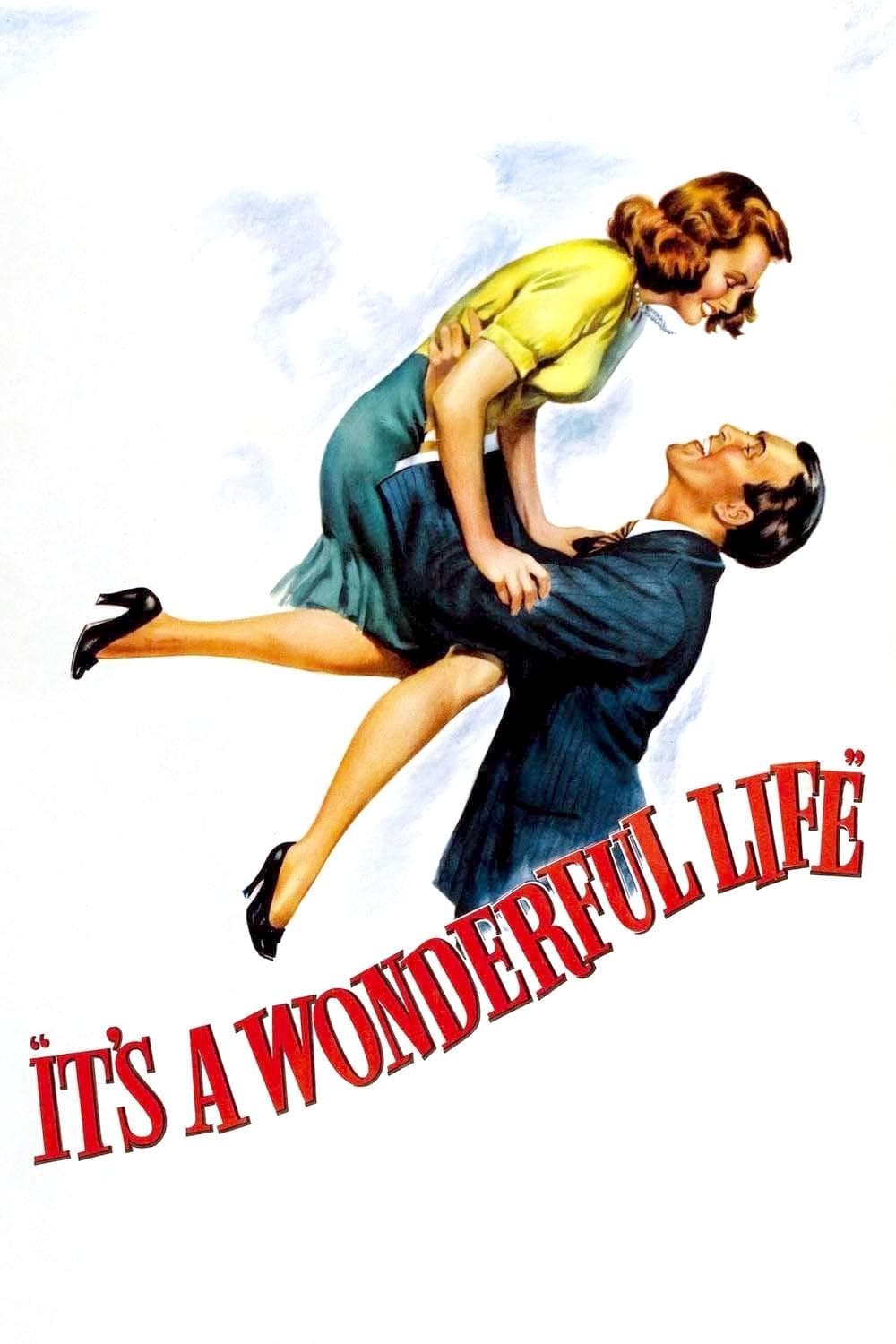
It's a Wonderful Life
1946
Rate this movie
Average: 5.00 / 5
(1 votes)
Director
Frank Capra is a keen observer of the human soul, and through his comedies he delves deep, always offering us credible, real, tangible characters. His cinema, often labeled with the somewhat reductive expression "Capra-corn" for its apparent populist simplicity, actually conceals a thematic and psychological stratification of rare depth, a keen investigation into the virtues and fragilities of the American individual, faced with the challenges of a world teetering between community and rampant egoism. His stylistic hallmark lies precisely in this ability to elevate the everyday to a universal epic, transforming small personal struggles into moral parables of biblical resonance.
This is eminently the case with this film, an authentic masterpiece that defies labels, in which James Stewart portrays a philanthropist gripped by the blackest despair due to a failed business deal that threatens to ruin everything he has fought for. George Bailey is not a mere "everyman"; he is the embodiment of an American ideal forged from sacrifice, from dreams shattered for the common good, from ambition stifled by responsibility. His life, a succession of "almosts" – almost a trip around the world, almost college, almost a career as an architect – is the symbol of all those lives consumed in giving without receiving, a tragic hero whose greatness lies precisely in his unfulfilled modesty.
It will be his guardian angel, the likeable and clumsy Clarence, who descends to Earth for an apparently simple but profoundly existential mission: to convince him that suicide is by no means the right solution. This narrative device, which might seem whimsical, is in reality a brilliant stratagem to explore the incalculable ramifications of a single life, the "butterfly effect" that every choice we make triggers in the social fabric. Clarence is not just a divine messenger; he is the catalyst for a profound reflection on the true nature of existence and its interconnectedness, a visible and tangible reminder that no man is an island.
Special and necessary mention must go to the excellent Lionel Barrymore as the cruel and slimy billionaire Henry Potter (yes, that really is his name). Potter is not a cartoon villain, but an archetype, a cold and ruthless personification of unbridled capitalism and predatory individualism that Capra contrasts with Bailey's altruism. His figure is not just that of a usurer, but of a nihilist convinced that the value of a life is measured solely in monetary terms, a menacing shadow looming over the small community of Bedford Falls, seeking to transform it into a sterile and cynical Pottersville. His name, almost a demonic distortion of "power," is an unsettling omen.
The film is a vibrant and moving celebration of provincial life, of that industrious dignity that flourishes due to the sacrifices and altruism of individuals. Bedford Falls is not merely a backdrop, but a character in its own right: an idealized yet credible microcosm, a bulwark against homogenization and moral corruption, where every face tells a story and every handshake is a pact. The narrative depicts the struggle to preserve this community, an ode to the indomitable American spirit that, even after the devastations of war, sought to rebuild not only cities, but also a sense of belonging and mutual trust. It is proof that true wealth cannot be accumulated in a bank, but resides in the invisible network of human relationships.
Essential to this film's extraordinary power to move and entertain is the imposing and unavoidable presence of James Stewart, the greatest "everyman hero" of Hollywood's Golden Age. His performance is a masterful lesson in acting, a whirlwind of vulnerability and resoluteness. Stewart, a war veteran with invisible scars, infused his George Bailey with an authentic melancholy and existential torment that went beyond the screenplay, bestowing upon the character a shocking psychological depth. It is not his reassuring smile that leaves a mark, but his descent into the abyss of despair, transforming him from a confident businessman to a raving hallucinating madman, shouting his frustration to the wind and defying fate. This metamorphosis is absolutely convincing and profoundly unsettling, an almost film noir-like immersion into the dark heart of the human soul.
A film that reinvents the concept of lightness, demonstrating that the brightest hope can only be born after traversing the darkest night. It sets the viewer on an almost cathartic journey, where one abandons all material and psychological ballast to be cradled by its sober, yet no less powerful, lesson in humanity. "It's a Wonderful Life" is not a simple Christmas fable – although its rediscovery on television has made it a holiday icon – but a complex and layered work, an existential essay on the dignity of living, on individual responsibility, and on the redemptive power of solidarity. It is a moving hymn to life itself, with all its imperfections and unexpected joys, and a perennial reminder that true success is not measured in money, but in the number of lives we have touched and transformed.
Country
Gallery
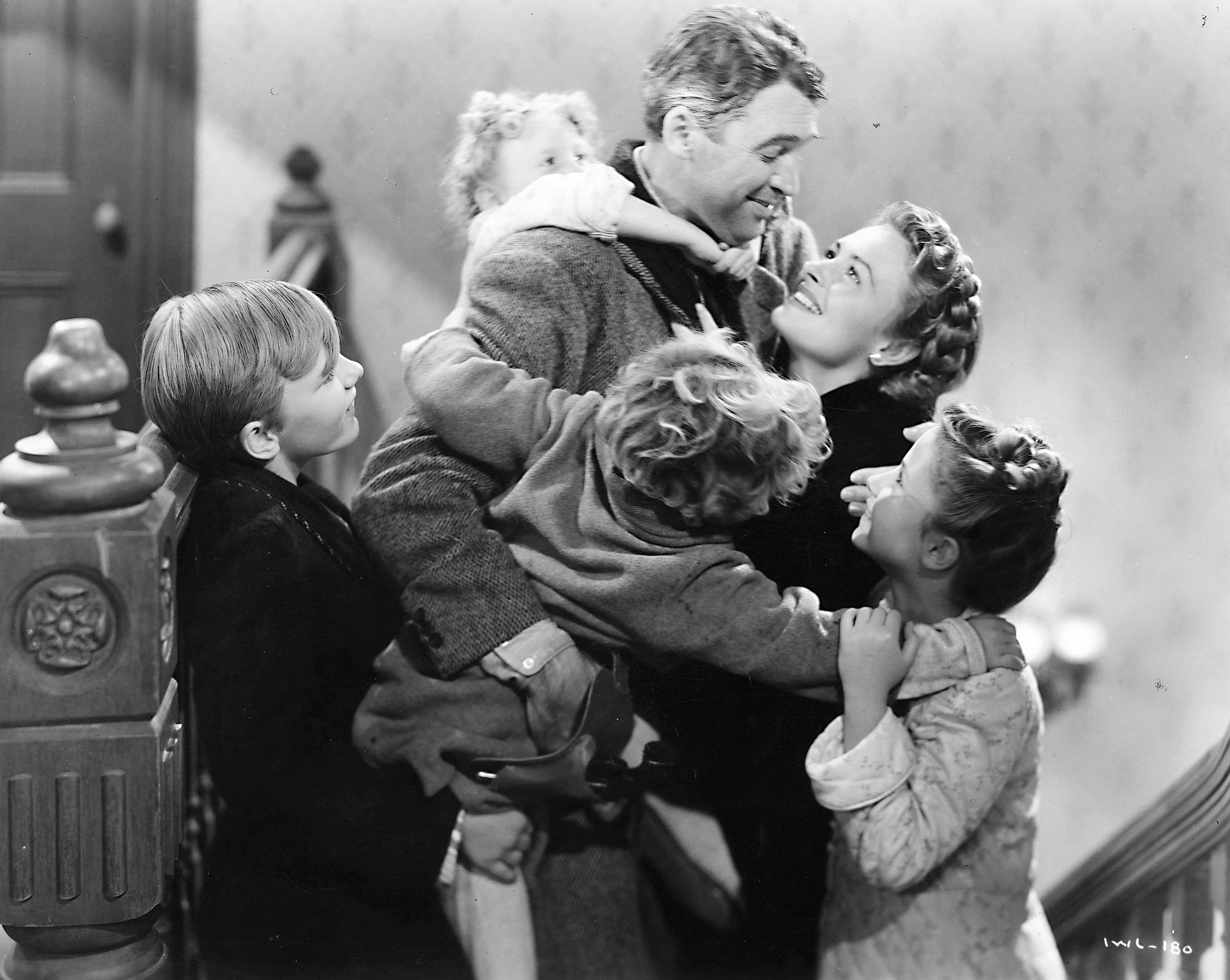

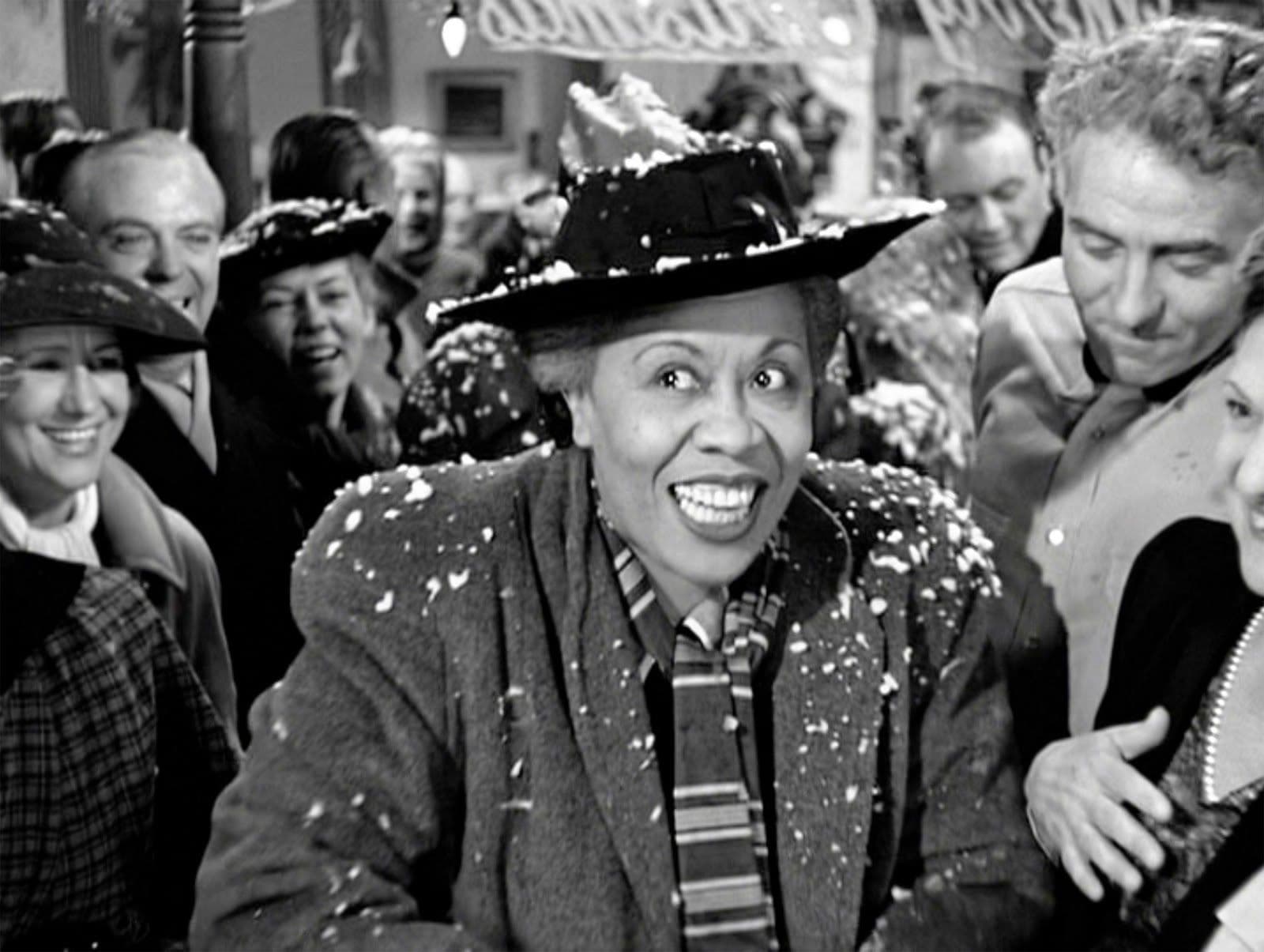
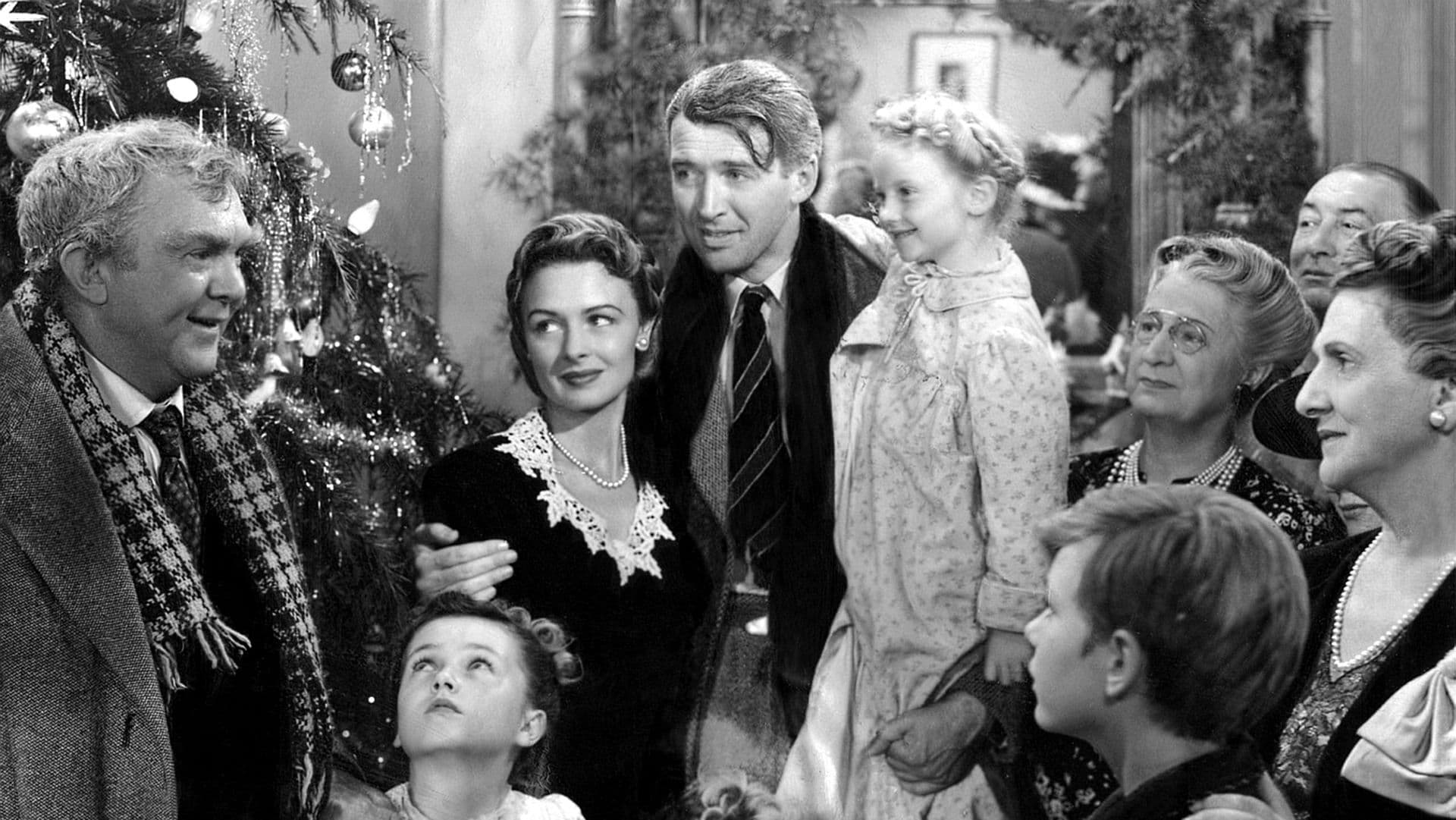

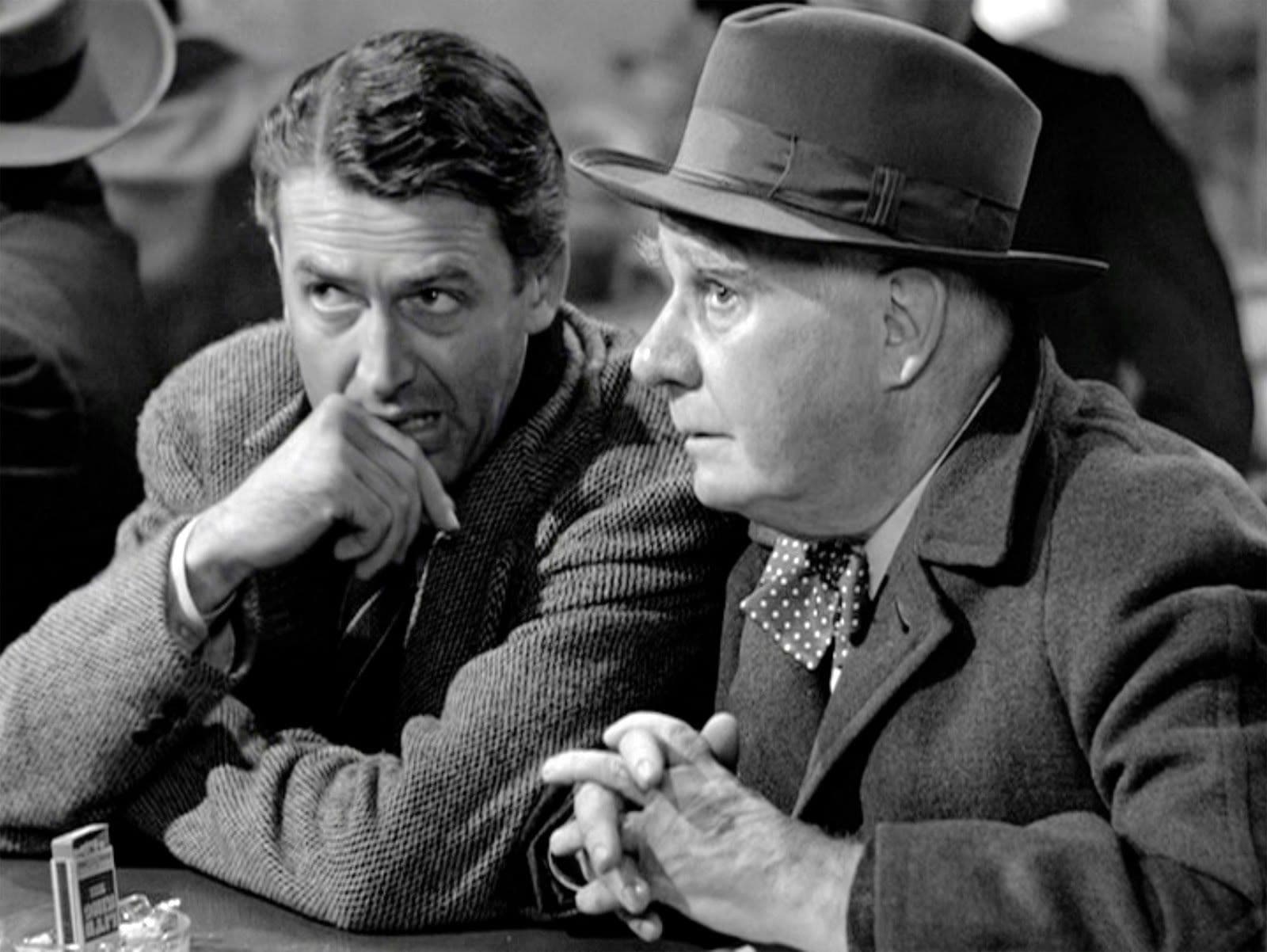
Featured Videos
Official Trailer
Comments
Loading comments...